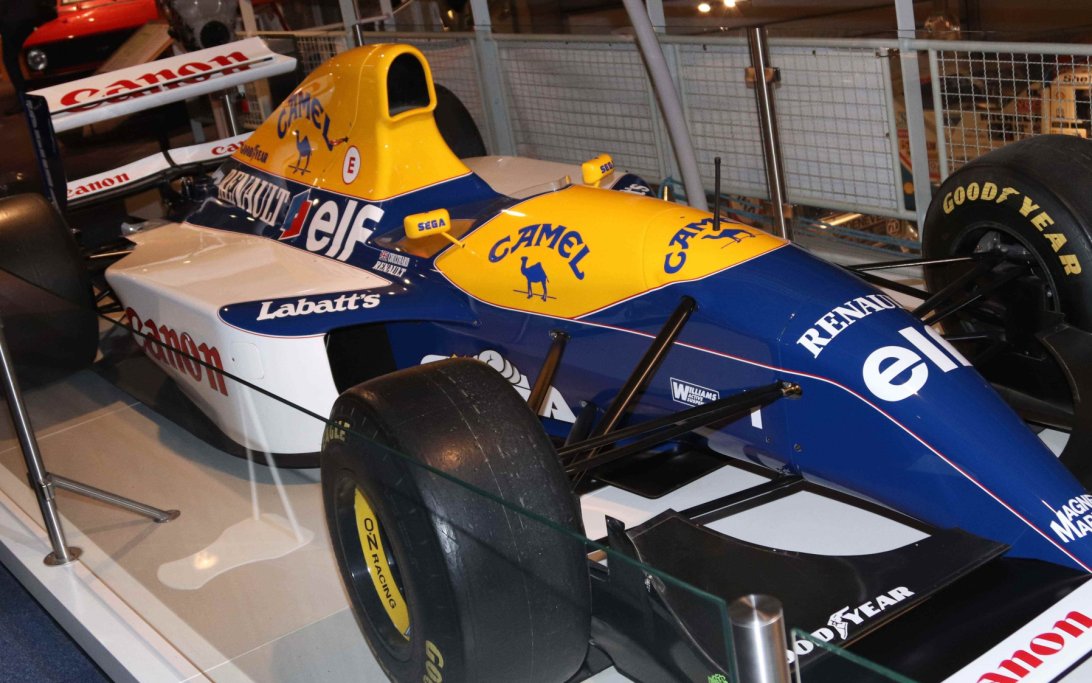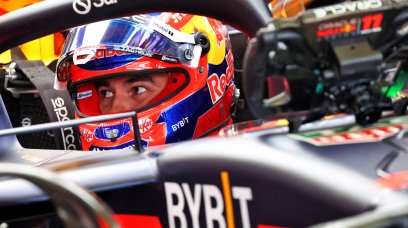DAF, renowned for its truck building, may not be an obvious company when you think of F1. Yet one invention utilised by a team in the early 1990s was set to be such a game-changer it was swiftly banned by the FIA.
The Dutch company also made road cars in the past, which were equipped with an automatic gearbox with a belt transmission.
In 1993, Williams - who won the championship the previous year with Nigel Mansell - tested a substantially advanced version of that system, known as CVT [Continuously Variable Transmission]. It discovered a metal belt strong enough to withstand the forces of an F1 car.
Instead of the driver - in this case, then-test driver David Coulthard - upshifting, changes were made by sensors. Gears in the gearbox were a thing of the past.
Instead, the belt lay across two opposing pulleys. These were conical pulleys and moved to and from each other, increasing or decreasing the circumference of the part over which the belt lay. Thus, the gear ratios were always determined in a split-second.
This was seamless, so there was no longer any need for the driver to shift up or down. The immediate result - fewer movements and shocks in the car due to the start-stop nature of a conventional gearbox and a totally different sound.
After all, revs no longer dropped, and a driver was driving at the optimum speed at all times.
Viewed by others:
No surprise from the FIA
During the test, the Dutch Van Doorne Transmission oversaw the proceedings and reportedly everything went smoothly. It was estimated that a car equipped with the CVT system could be at least a second per lap faster, perhaps more.
However, when the FIA looked into it, the fairy tale quickly ended.
The regulations stated that an F1 car could have four to seven gears. How many did the CVT car possess? One all-encompassing gear? Infinite gears? To remove all doubt, the FIA called CVT by its name but very deliberately, and the system was banned.
That Williams car used to be on display at the DAF Museum in Eindhoven, only for Williams to come calling and return it to England.
How times have changed, of course, and the gearboxes in play in modern F1.
View an in-depth video about DAF's CVT transmission below.
Also interesting:
Join RacingNews365's Ian Parkes, Sam Coop and Nick Golding in the first podcast episode of 2025! Lewis Hamilton becoming a Ferrari driver is a key talking point, as is the beginning of Red Bull's new era following the exit of Sergio Perez.
Rather watch the podcast? Then click here!
Most read

























Join the conversation!